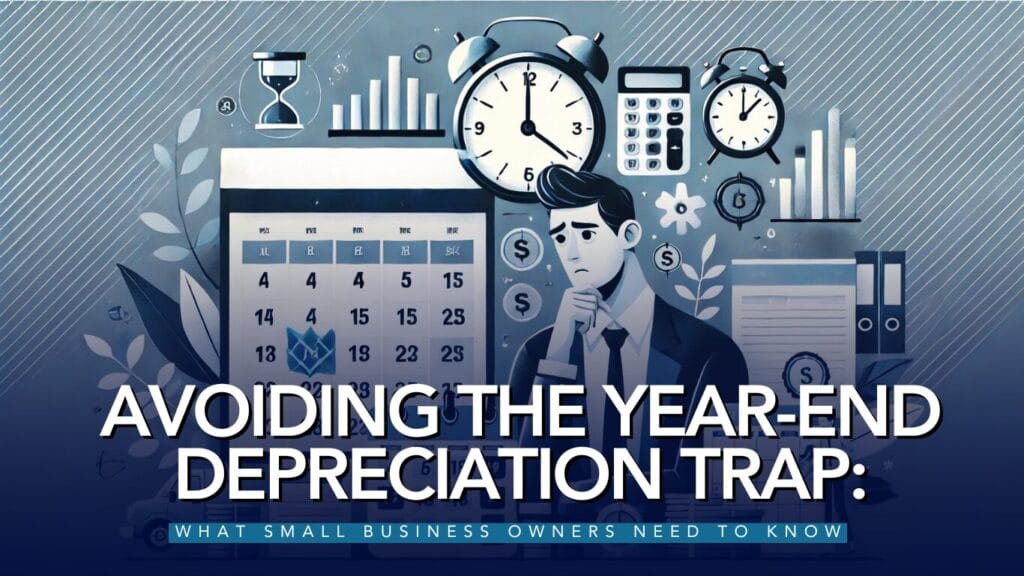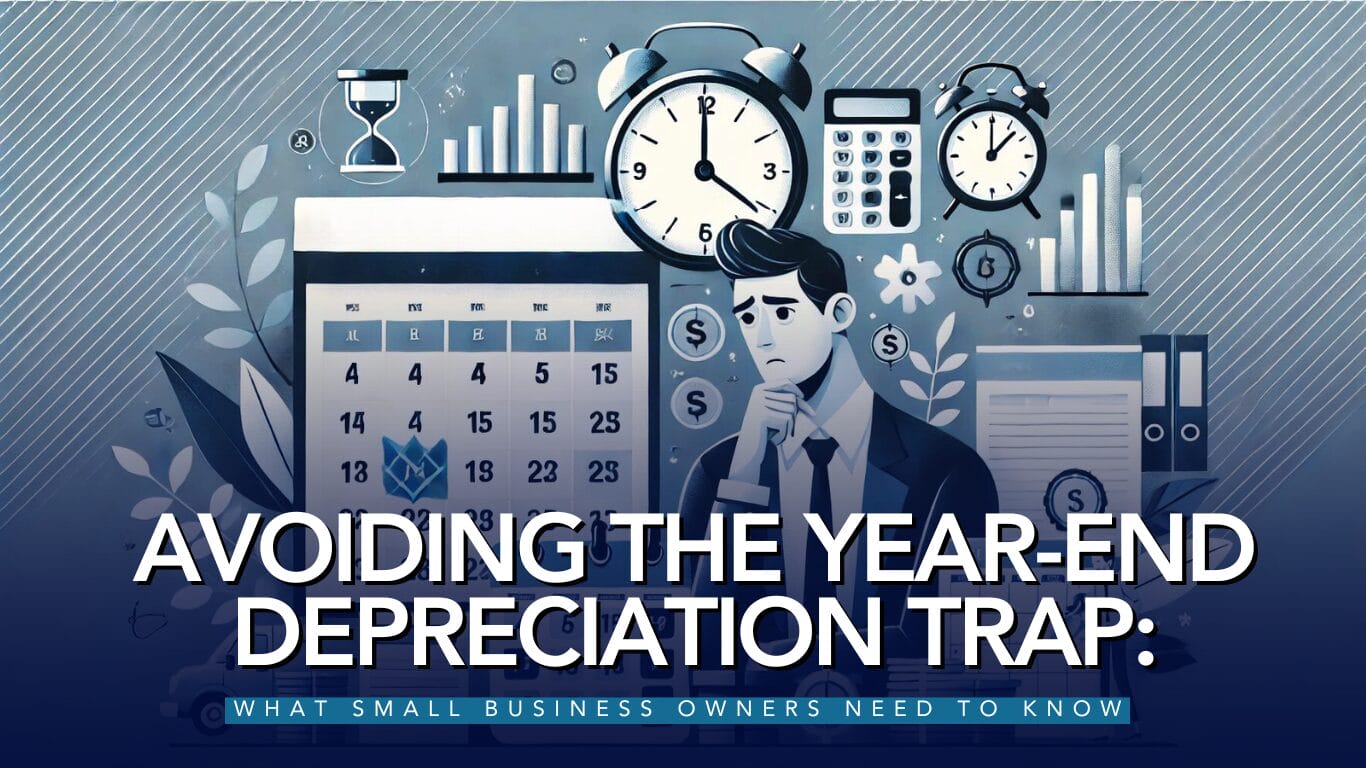
As the calendar year winds down, many small business owners are tempted to make last-minute purchases to maximize their tax benefits. While this can be a smart strategy, it’s crucial to understand the potential pitfalls that could diminish your expected savings. One significant trap involves the Modified Accelerated Cost Recovery System (MACRS) and the mid-quarter convention. Here’s what you need to know to avoid costly surprises.
Understanding MACRS and Depreciation Conventions
The Modified Accelerated Cost Recovery System (MACRS) is the primary method used in the U.S. for calculating depreciation on business assets. It generally applies one of two conventions to determine how much depreciation can be claimed:
- Half-Year Convention: This is the default method for most assets. Under this convention, all property placed in service during the year is treated as though it was acquired and placed in service at the midpoint of the year (July 1). This allows you to claim a half-year’s worth of depreciation in the first year, even if the asset was acquired late in the year.
- Mid-Quarter Convention: This convention is less commonly used but can be triggered under specific conditions. It requires a different approach for calculating depreciation and can significantly affect the amount of deduction you can claim for assets placed in service late in the year.
The Mid-Quarter Convention Trap
The mid-quarter convention kicks in if the total cost of property placed in service during the last three months of the year exceeds 40% of the total cost of all property placed in service during the year (excluding real estate). If this threshold is met, all assets placed in service during that year are subject to the mid-quarter convention. Here’s how it impacts depreciation:
- First Quarter: Assets receive 10.5 months of depreciation.
- Second Quarter: Assets receive 7.5 months of depreciation.
- Third Quarter: Assets receive 4.5 months of depreciation.
- Fourth Quarter: Assets receive only 1.5 months of depreciation.
This can lead to a significant reduction in your depreciation deductions for assets acquired in the fourth quarter.
Example: The Impact of the Mid-Quarter Convention
Consider a scenario where your company buys a $100,000 asset with a seven-year depreciation schedule on October 1. Under the half-year convention, you would typically claim a depreciation deduction of $14,290 in the first year. However, if the mid-quarter convention applies, your first-year deduction would drop to $3,570—a difference of $10,720!
Strategies to Avoid the Mid-Quarter Convention Trap
- Monitor Your Purchases: Keep detailed records of your asset acquisitions throughout the year. Ensure that fourth-quarter purchases do not exceed 40% of the total assets acquired during the year.
- Plan Ahead: Spread out major asset purchases throughout the year rather than concentrating them in the final months.
- Consider Timing: If you are approaching the 40% threshold, consider delaying some fourth-quarter purchases until the next tax year to avoid the mid-quarter convention.
- Leverage Section 179: The Section 179 deduction allows for an immediate expense deduction for qualifying assets, which can help mitigate the impact of the mid-quarter convention since it’s applied before MACRS depreciation calculations.
- Consult a Tax Professional: Given the complexities of depreciation rules, working with a tax advisor can ensure you navigate these issues effectively and optimize your tax benefits.
Conclusion
While making year-end asset acquisitions can be a valuable tax-saving strategy, it’s essential to be aware of the potential depreciation trap posed by the mid-quarter convention. By understanding these rules and planning your asset purchases strategically, you can maximize your depreciation deductions and avoid unexpected tax consequences. Proactive planning throughout the year is crucial to optimizing your tax position and avoiding last-minute surprises. If in doubt, consulting a tax professional is always a wise step to ensure you’re making the most of your tax strategy.









